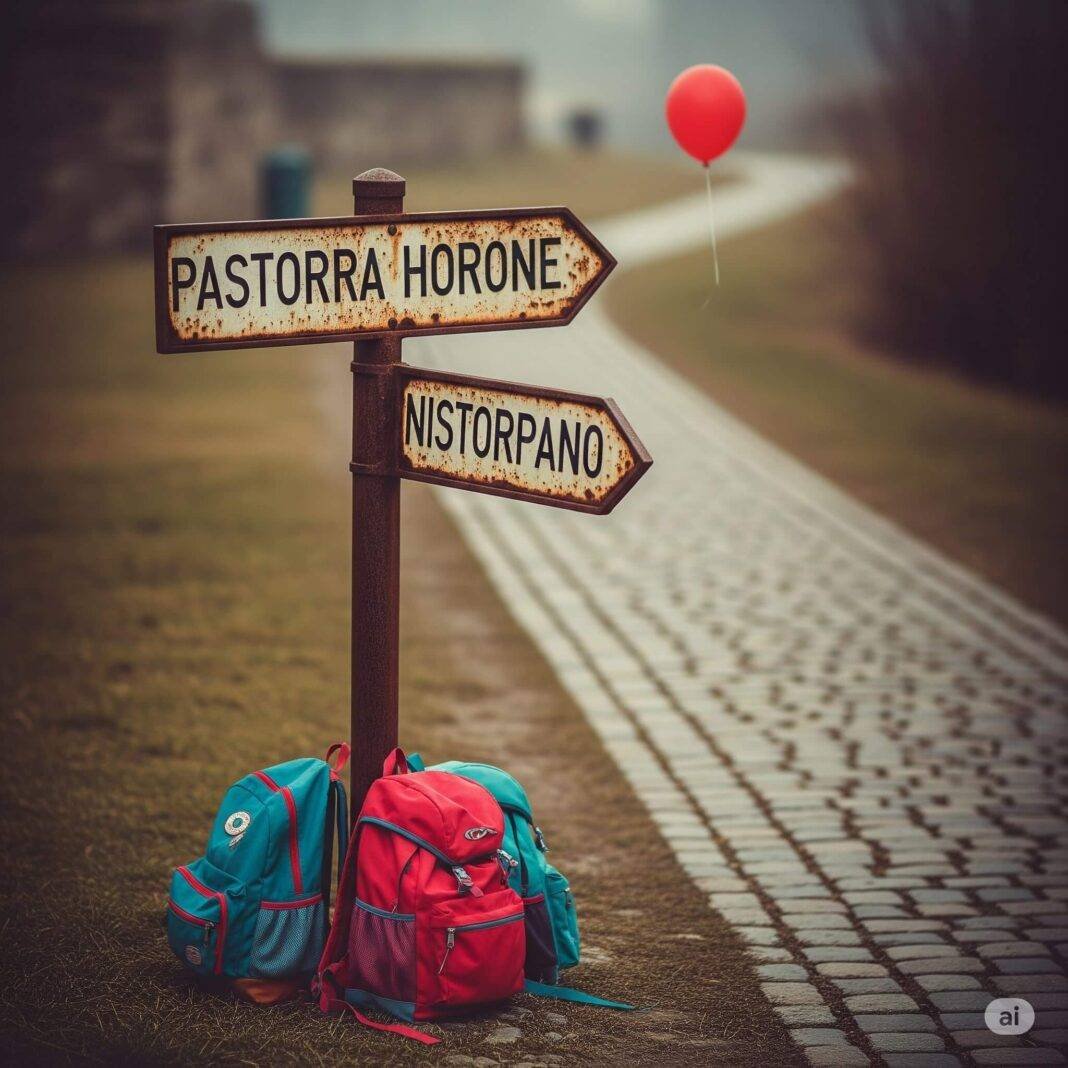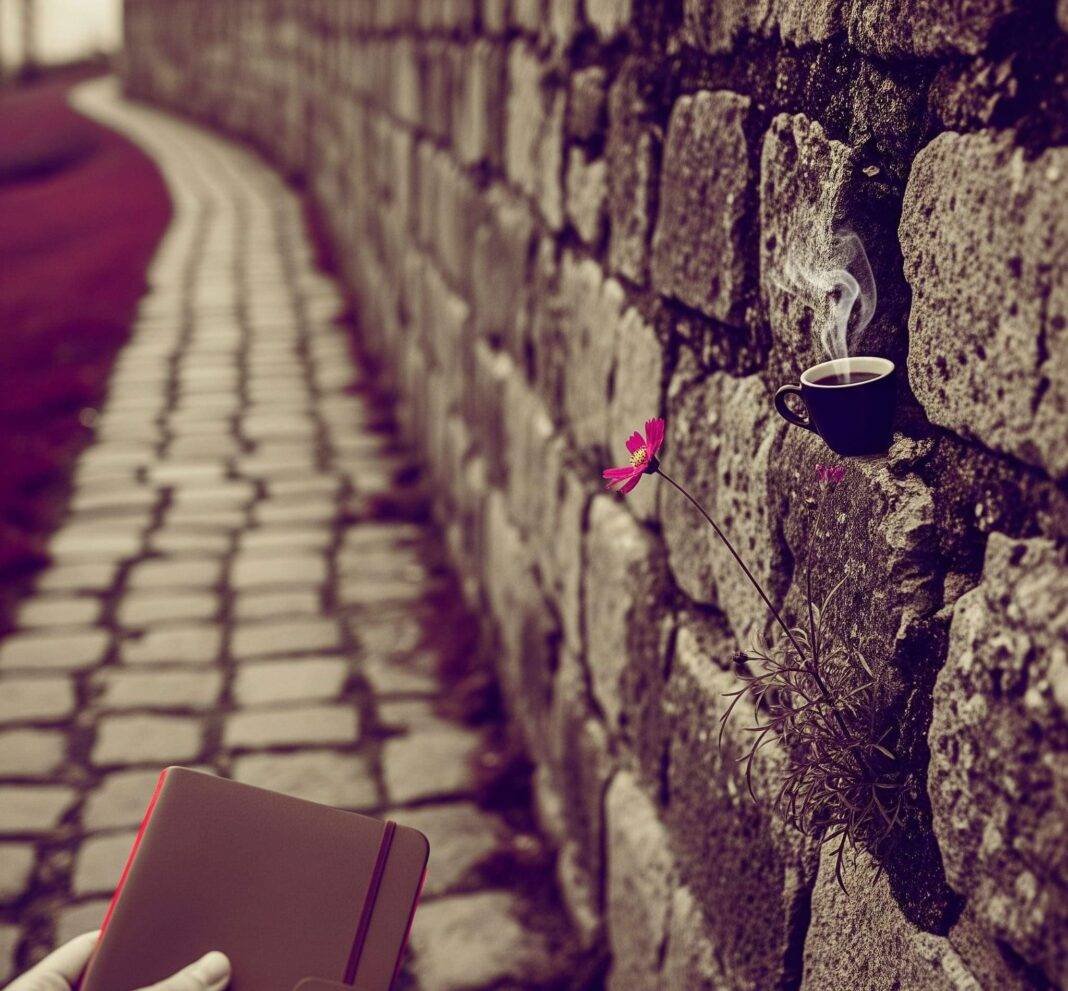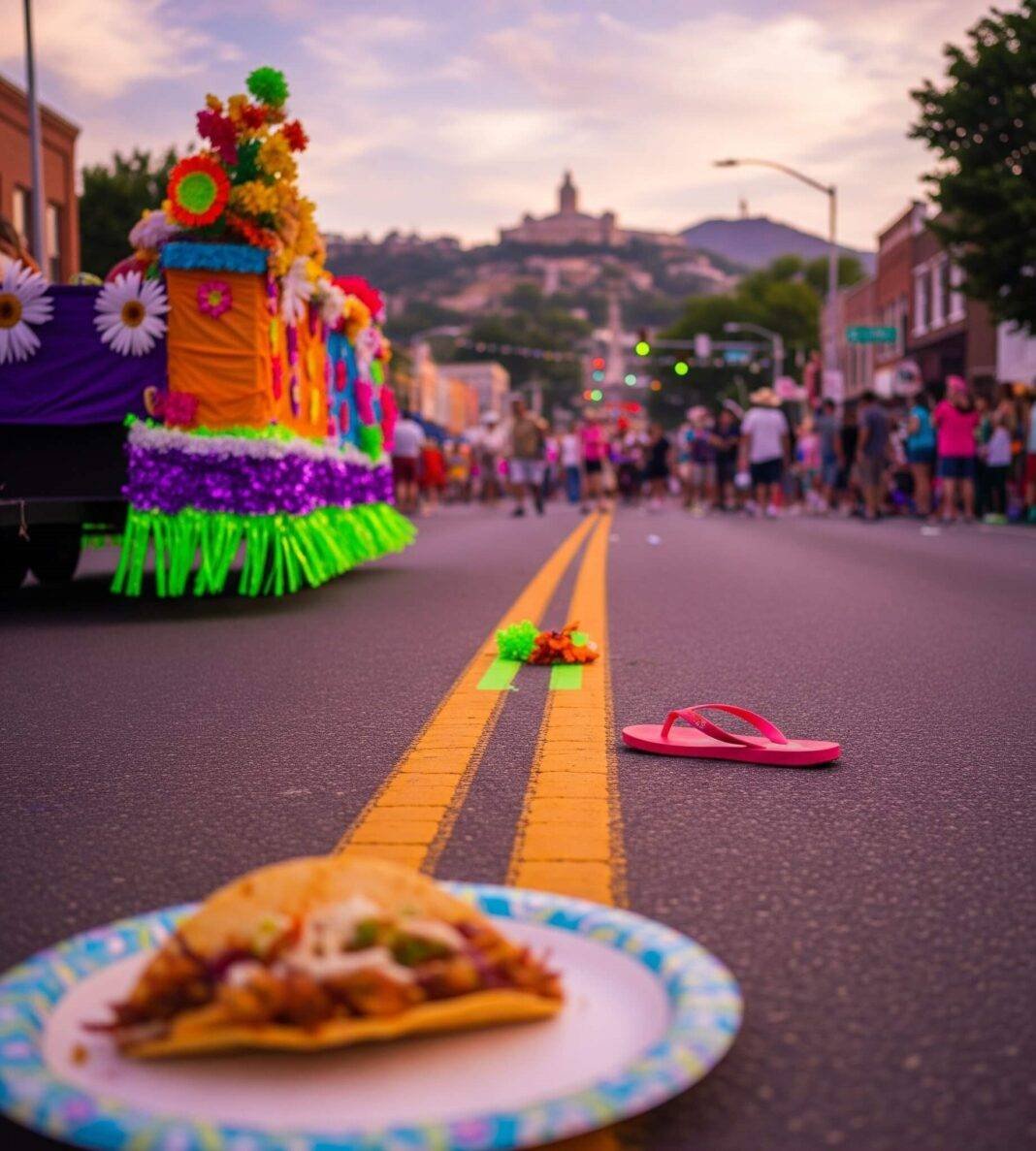Historical places for kids are, like, my new obsession, y’all. I’m sitting here in my cluttered living room in Austin, Texas, surrounded by half-empty coffee mugs and a pile of laundry I swear I’ll fold tomorrow. The air smells faintly of cedar from the open window, and I’m still buzzing from a weekend dragging my seven-year-old niece, Ellie, through some historic sites that made us both feel like time travelers. I’m no history buff—honestly, I flunked history in high school—but there’s something about watching a kid’s eyes light up at an old fort or a creaky museum that makes me wanna cry, laugh, and maybe spill my iced coffee all at once. Here’s my raw, unfiltered take on exploring historical places for kids, complete with my fumbles, triumphs, and a few embarrassing moments I’m still cringing over.
Why Historical Places for Kids Are a Total Game-Changer
Okay, so I used to think history was just dusty books and boring dates. But taking Ellie to places like the Alamo here in Texas? Total vibe shift. These kid-friendly history spots aren’t just about facts; they’re like stepping into a storybook where you can touch the walls, smell the old wood, and imagine people from, like, forever ago walking the same path. I remember standing in the Alamo’s courtyard, the sun beating down, my sneakers sticking to the hot stone, and Ellie whispering, “Did people really fight here?” Her little voice was so serious, I almost choked up.
These places make history real for kids. They’re not just reading about it—they’re living it. And, yeah, I’m a grown-ass adult, but I felt it too. Like, how wild is it that we’re standing where actual history happened?

Tips for Picking Kid-Friendly History Spots
Here’s what I’ve learned (mostly the hard way) about finding historical places for kids that don’t bore them to death:
- Interactive is everything. Look for spots with hands-on exhibits. The Bullock Texas State History Museum has this awesome area where kids can dress up like pioneers or touch real artifacts. Ellie was obsessed with the old telegraph machine, even if she accidentally knocked over a display (oops, sorry, museum staff).
- Short and sweet tours. Kids have the attention span of a goldfish sometimes. Pick places with guided tours under an hour or self-guided paths so you can bail when they get antsy. I learned this after Ellie had a full-on meltdown at a two-hour tour in San Antonio. Never again.
- Snack stops nearby. Trust me, a hangry kid ruins everything. Check for cafes or picnic spots near historic sites for children. The Alamo has a little courtyard where we munched on PB&J sandwiches, and it saved the day.
Check out The Alamo’s official site for kid-friendly tour info. They’ve got scavenger hunts that make exploring feel like a game.
My Most Embarrassing Moment at a Historic Site (Ugh, Why Me?)
So, picture this: I’m at the San Jacinto Monument, trying to be the cool aunt, explaining the Texas Revolution to Ellie like I’m some expert. The air’s thick with that humid Gulf Coast vibe, and I’m sweating through my T-shirt. I’m mid-sentence, gesturing wildly about Sam Houston, when I trip over a root and face-plant in front of a school group. Like, full-on, dirt-in-my-mouth disaster. Ellie thought it was hilarious, but the teacher leading the group gave me this pitying look, like, “Ma’am, are you okay?” I wanted to disappear.
But here’s the thing: that moment? It made Ellie love the place even more. She kept saying, “Auntie, you fell where history happened!” Kid-friendly history spots are forgiving like that—they’re built for messes, chaos, and real human moments. The San Jacinto Museum has a great kids’ section with interactive maps, which saved my dignity after the fall.
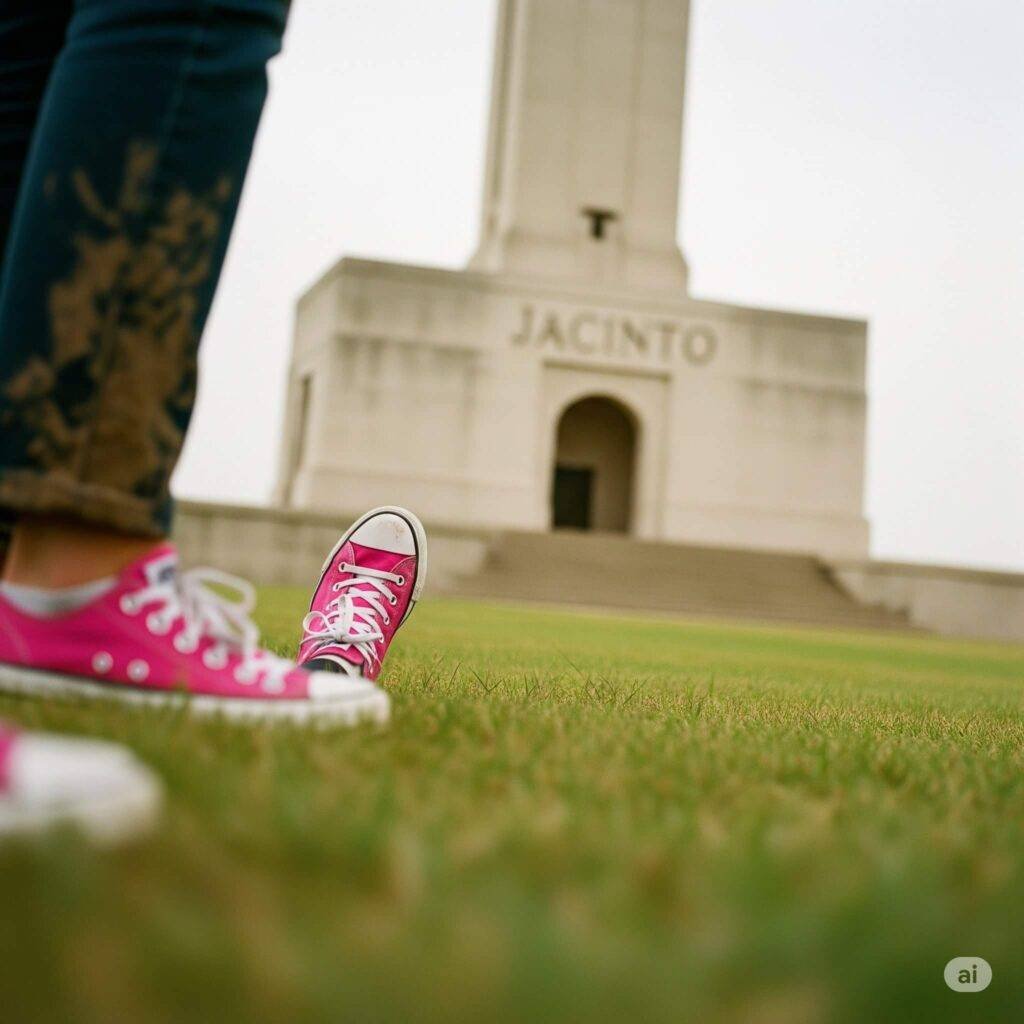
How These Places Teach Kids (and Clueless Aunts) to Love History
Historical places for kids aren’t just about learning dates or names—they’re about stories. At the George Washington Carver Museum in Austin, I watched Ellie get totally sucked into a display about Carver’s experiments with peanuts. The room smelled faintly of old books, and the lights were dim, giving it this cozy, secret-club vibe. I’ll admit, I got choked up reading about Carver’s life, and I’m not even sure why. Maybe it’s because I’m a mess, or maybe it’s because these places make you feel connected to something bigger.
For kids, it’s all about the “wow” factor. Ellie loved pressing buttons to hear recordings of old speeches or touching replicas of tools people used back in the day. For me, it’s about seeing history through her eyes—less textbook, more adventure. The George Washington Carver Museum has free admission some days, which is a win for broke aunts like me.
My Biggest Mistake (and What I Learned)
Alright, real talk: my biggest screw-up was assuming Ellie could handle a full day of historic sites for children without a break. We hit three spots in one day—Alamo, San Jacinto, and a random old mission—and by the third, she was done. Like, lying-on-the-ground, “I hate history” done. I felt like the worst aunt ever, bribing her with ice cream just to get back to the car. Lesson learned: pace yourself. One or two kid-friendly history spots a day is plenty. Let them soak it in, maybe sketch something or play in a nearby park to decompress.
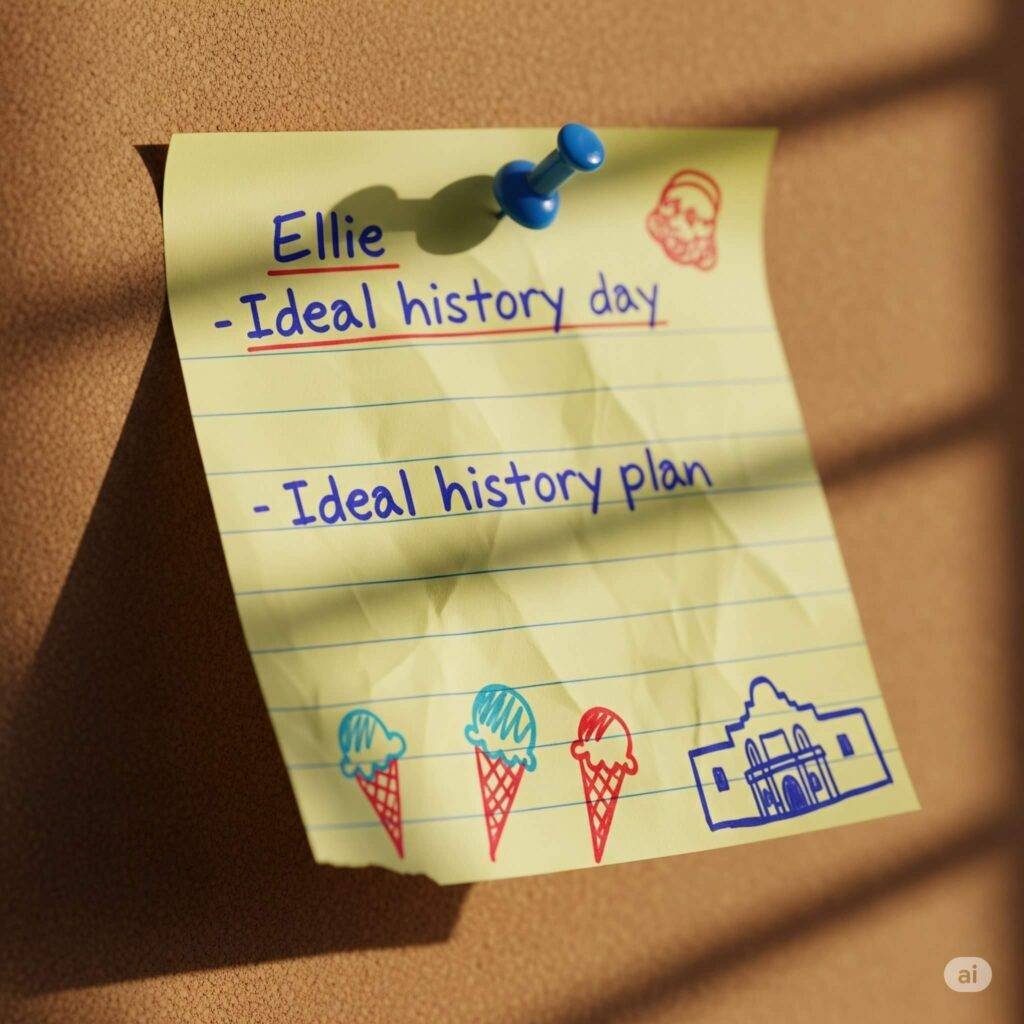
Wrapping Up This Chaotic History Adventure
So, yeah, historical places for kids are my new jam. They’re messy, magical, and make you feel like you’re part of something huge. I’m still learning how to be a good aunt, how to not trip over roots, and how to explain history without sounding like a total dork. But watching Ellie light up at these spots? Worth every sweaty, embarrassing moment. If you’re in the US, check out local historic sites for children—start small, maybe a museum or a fort near you. Got a favorite spot? Drop it in the comments; I need ideas for my next adventure with Ellie.

